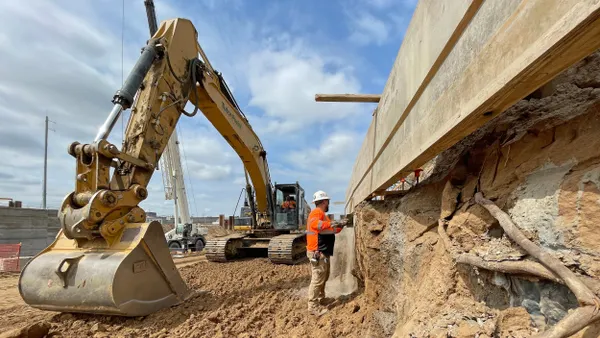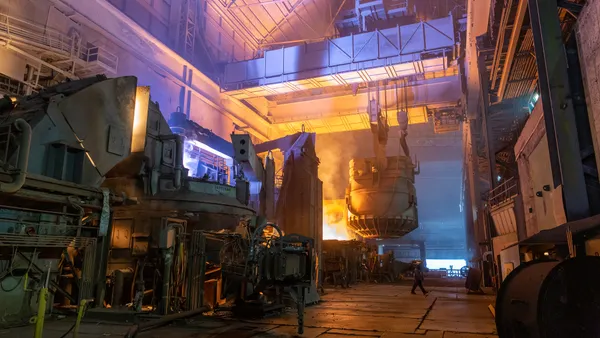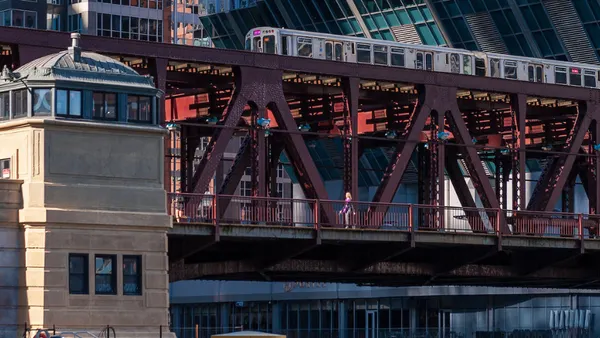Dive Brief:
- Miami commuters are getting ready for four years of headaches, the Miami Herald reported, namely from the $802 million “signature” bridge project that will see the reconstruction of portions of Interstate 395, Interstate 95 and State Road 836, which feed downtown Miami, the city’s Civic Center district and Miami Beach. Work was scheduled to begin Monday, Jan. 14, and the estimated completion date is Fall 2023.
- Joint venture Archer Western-de Moya Group (AWD) is the design-build joint contractor for the project, and crews have started driving test piles along I-395, with night road survey work scheduled to begin this week. The Florida Department of Transportation and AWD have stated that they will do their best to minimize disruption to motorists during construction and have set up a website to keep the public informed.
- Work on SR 836 includes double-decking a portion of the road that connects to I-395. Crews will also add an auxiliary lane to I-95, replace concrete pavement and build a new connector ramp to SR 836. The I-395 portion of the project includes the six-arch bridge. The spaces under I-395 will be transformed into a lush community space with a market plaza, amphitheater, children’s play area, community garden, trail and pedestrian bridge, dog park and interactive water fountain.
Dive Insight:
When a huge project comes to any town, local and non-local contractors compete for the contract, and the Miami bridge project was no exception.
The FDOT chose AWD’s proposal over one submitted by a Fluor Corp.-led joint venture, and the bidding and design selection process was so contentious that the issue ended up in court, where AWD was cleared in May to move forward. A local panel chose the Fluor design over AWD’s and critics of the AWD award said the panel’s choice was not given enough weight by the FDOT in its decision-making process.
The Fluor team, which withdrew its formal protest a week after the judge’ decision, also included Munilla Construction Management and FIGG Bridge Group, which are both at the center of the investigation into the deadly March 2018 collapse of a newly installed pedestrian bridge at Florida International University in Miami. There is no indication, however, that this played into Fluor’s decision to withdraw its protest.
The most recent report from the National Transportation Safety Board pointed to errors in the bridge’s design as a possible reason for the collapse. However, the agency stressed that it is still investigating the failure and has not yet come to a final conclusion.













